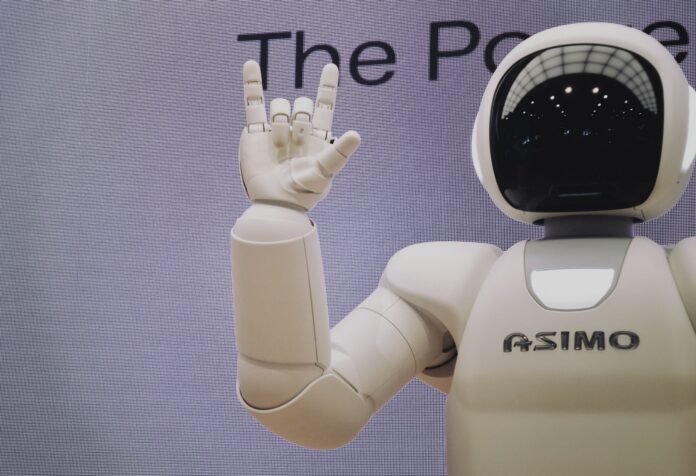Do you think machines are inferior to us humans in general intelligence? Yet we say that they will become superintelligent. But how? Artificial Intelligence will help us in this process. Let’s start with an introduction to Artificial Intelligence (AI).
What is Artificial Intelligence?
In simple terms, Artificial intelligence (AI) refers to the simulation of human intelligence in machines that are programming to think and behave like humans and mimic their actions. E.g. Robots, Self-driving cars, Automated financial investing, Virtual travel booking agent, Social media monitoring, etc.
Turing Test in AI
Alan Turing, In 1950, introduced a test called the imitation game in order to check whether a machine can think like a human or not. In his honour, it is known as the Turing Test. In this test, Alan Turing proposed that the computer can be said to be intelligent if it can mimic human response under specific conditions and on this he wrote a book named The Essential Turing: Seminal Writings in Computing, Logic, Philosophy, Artificial Intelligence, and Artificial Life: Plus The Secrets of Enigma.
How Artificial Intelligence works?
In order to understand Artificial Intelligence, one needs to get hands-on experience on its sub-domains like Machine Learning, Deep Learning, Neural Networks, NLP, etc.
- Machine Learning
- Deep Learning
- Computer Vision
- Natural Language Processing (NLP)
- Neural Networks
- Cloud Computing
Everyday examples of Artificial Intelligence-
1. Autonomous Cars
Autonomous cars are vehicles capable of sensing its environment and operating without human involvement. Self-driving cars make use of sensors,actuators, complex algorithms, machine learning algorithms, and various processors to execute software.
2. Google Maps in AI-Powered Predictions
To predict what traffic will look like in the near future, Google Maps analyzes historical traffic patterns for roads.We can use anonymized location data from smartphones, from which Google Maps can analyze the speed of movement of traffic at any given time, which will help in taking user-reported incidents like accidents, traffic under control. Dijkstra’s algorithm is in use for these predictions.
3. AI Autopilot aircraft
We can see nowadays, flight engineers and pilots are replaced by AI autopilots.
The airplane’s flight management system (FMS) and its associated autopilot functions are generally in control of the aircraft from shortly after takeoff until landing and rollout on the runway under normal operations, in commercial flights on a modern aircraft with (greater than 18 passenger seats)





